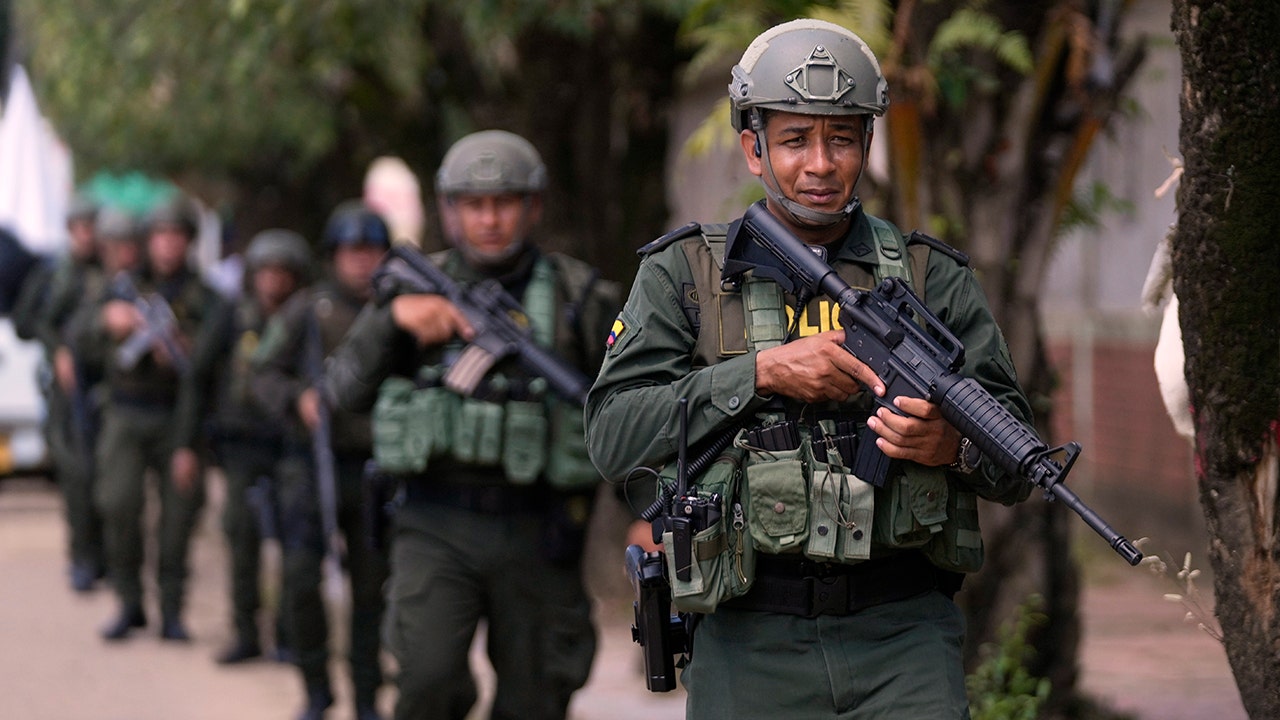Amid new reports of intensified bombing and clashes across the Strip on Wednesday, OCHA said that requests had been denied five times since 26 December to reach the Central Drug Store in Gaza city and Al Awda Hospital in Jabalya, further north.
“At the same time, the continued denial of fuel delivery to water and sanitation facilities is leaving tens of thousands of people without access to clean water and increasing the risk of sewage overflows, significantly heightening the risk of the spread of communicable diseases,” OCHA noted in its latest update on the impact of war in Gaza, issued late Tuesday.
According to the UN World Health Organization (WHO), 15 out of Gaza’s 36 hospitals remain “partially functional”: nine in the south and six in the north. Since the start of hostilities, the UN and health partners have provided healthcare and medical services to an estimated 500,000 people.
No end to deadly strikes
The development came as much of the Strip and especially central and southern areas in Deir al Balah and Khan Younis governorates, experienced further “intense” Israeli bombardment from the air, land and sea in the past 24 hours, OCHA said.
Rocket fire into Israel by Palestinian armed groups also continued, along with ongoing clashes between Israeli soldiers and militants, particularly in Deir al Balah and Khan Younis governorates.
Citing the Gazan health authorities, OCHA noted that 126 Palestinians had been killed between the afternoons of 8 and 9 January; another 241 were reportedly injured. The total estimated number of fatalities is at least 23,210 Palestinians killed and 59,167 injured from Israeli bombardment, that began in response to Hamas-led terror attacks in southern Israel on 7 October, leaving some 1,200 dead including 36 children and another 240 taken hostage.
“The Israeli authorities estimate that about 136 Israelis and foreign nationals remain captive in Gaza,” OCHA said.
NGOs not spared
The ongoing Israeli offensive has resulted in “many” deadly incidents with “devastating consequences for tens of thousands of civilians”, OCHA said, noting that many had already fled Gaza City and the north to central and southern areas of the Strip.
In one incident in Khan Younis, a five-year-old child of a Médecins Sans Frontières (MSF) worker died of her injuries after a MSF shelter was hit on Monday.
In Deir al Balah, four people were also reportedly killed and dozens injured when a house northwest of the city was targeted, OCHA said.
Citing the Israeli military, the UN office reported that between 8 and 9 January, nine Israeli soldiers have been killed in Gaza, with 183 killed since the start of the ground operation and 1,065 personnel injured.
Overcrowding fuels disease threat
Meanwhile, UN humanitarians reiterated warnings about the growing risk of disease in the Strip, particularly in the southern city of Rafah, as yet more civilians flee hostilities following Israeli evacuation orders.
Pre-war, Rafah was home to around 280,000 people, but it now has a population of well over one million, the UN relief agency for Palestinians (UNWRA) said on Tuesday in an online post on X.
“Overcrowded streets witness alarming spread of disease”, but staff are “overwhelmed by the ever-increasing need”, the agency said.
1.9 million uprooted
After more than three months of violence, nearly 85 per cent of Gaza’s population is now believed to be displaced – some 1.9 million people – according to UNRWA.
The UN agency continues to shelter nearly 1.4 million people in 155 UNRWA facilities across all five governorates but facilities “are far exceeding their intended capacity”.
UNWRA installations have also received 63 direct hits, it said, with at least 319 displaced people killed in the agency’s shelters and more than 1,135 injured since 7 October.
On 9 January, 131 trucks with supplies entered the Gaza Strip through the Rafah and Kerem Shalom crossings, according to OCHA.





